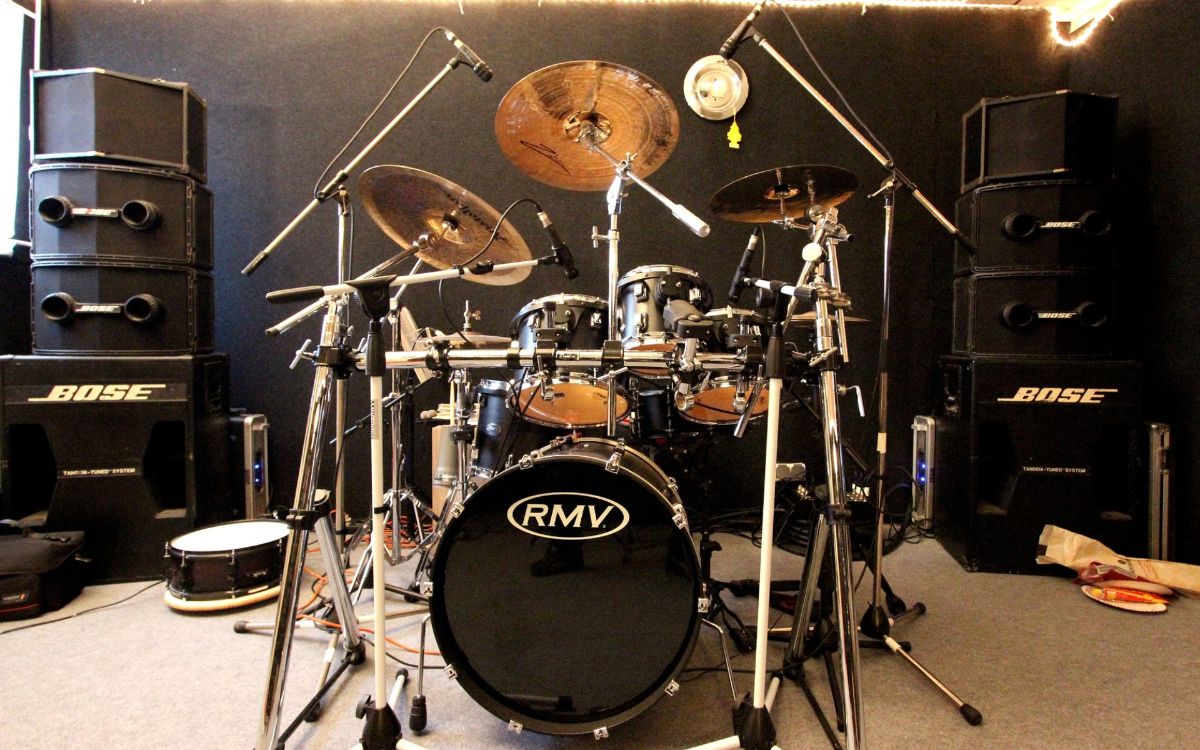

Articles
How To Store A Drum Set
Modified: December 7, 2023
Looking for tips on how to store a drum set? Check out our informative articles to learn the best practices for properly storing your drums and keeping them in excellent condition.
(Many of the links in this article redirect to a specific reviewed product. Your purchase of these products through affiliate links helps to generate commission for Storables.com, at no extra cost. Learn more)
Introduction
Storing a drum set properly is crucial to ensure its longevity and maintain its optimal condition. Whether you’re a seasoned musician or a beginner, knowing how to store your drum set correctly can help protect your investment and save you from costly repairs. In this article, we will guide you through the steps to store your drum set effectively, so you can have peace of mind knowing that your drums are safe and well-preserved.
Proper storage begins with disassembling the drum set, followed by cleaning and maintenance. Next, you need to find an ideal storage space and protect individual components by wrapping them securely. Additionally, it is important to safeguard the hardware and accessories, as well as take precautions to prevent any damage during storage. By following these steps, you can ensure that your drum set remains in top condition and ready to play whenever you need it.
So, let’s dive into the details and learn how to store a drum set the right way!
Key Takeaways:
- Properly storing a drum set involves disassembling, cleaning, and wrapping components to ensure longevity. Choosing the right storage space and monitoring conditions are crucial for preserving the drums’ optimal condition.
- Safely storing drums requires thoughtful consideration of climate, space, and security. Regular maintenance, protective wrapping, and preventive measures help safeguard the drum set for long-term enjoyment.
Read more: How To Store Drums
Step 1: Disassembling the Drum Set
Before you start storing your drum set, it is essential to disassemble it properly. This not only makes it easier to handle and transport, but it also helps prevent any potential damage to the drums or hardware during storage.
Begin by removing the drumheads from each drum. Loosen the tension rods using a drum key and carefully lift off the drumheads. Make sure to store the drumheads separately in a safe and clean location to avoid any warping or stretching.
Next, remove the cymbals from their stands. Unscrew the wingnut and felts from the top of the stand, and gently slide the cymbal off. Place each cymbal in a protective bag or use foam dividers to prevent scratching or cracking during storage.
When it comes to the drum shells, you can either keep them assembled or disassemble them based on your storage space availability. If you have enough space, it is recommended to keep the drums intact to maintain their tuning and overall integrity. However, if space is limited, you can remove the drumheads and stack the drums inside each other, starting with the smallest drum at the bottom.
Remember to label any hardware or parts that you remove from the drum set. This will make it easier to reassemble everything correctly when you’re ready to play again. You can use masking tape or labels to mark each piece and ensure that nothing gets misplaced or mixed up.
By disassembling your drum set properly, you not only protect the individual components but also make the storage process more organized and efficient.
Step 2: Cleaning and Maintenance
Once the drum set is disassembled, it’s important to clean and maintain each component before storing them. This step helps remove dirt, dust, and oils that can build up over time and impact the overall performance and appearance of your drums.
Start by cleaning the drum shells. Use a soft cloth or microfiber towel to wipe away any dust or grime from the exterior surface. For stubborn stains or marks, you can use a mild soap solution or drum cleaner specifically designed for drum shells. Avoid using harsh chemicals or abrasive materials that can damage the finish.
Next, focus on cleaning the drumheads. Use a damp cloth or mild soap solution to wipe down both sides of the drumheads, removing any dirt or stick residue. If the drumheads are worn out or have dents, consider replacing them before storing the drum set to ensure optimal sound quality.
Cymbals also require special attention when it comes to cleaning. Use a cymbal cleaner or a mixture of warm water and mild soap to gently clean both sides of the cymbals. Avoid scrubbing too hard or using abrasive materials as it can wear down the cymbal’s surface and affect its sound.
Don’t forget about the hardware and accessories as well. Clean the drum stands, pedals, and any other metal parts using a soft cloth and a metal cleaner if needed. Lubricate moving parts of the pedals and drum stand mechanisms to ensure smooth operation and prevent rusting.
Lastly, after cleaning each component, make sure they are completely dry before storage. Use a dry cloth or allow them to air dry naturally to avoid any moisture buildup that could lead to corrosion or damage.
Regular cleaning and maintenance not only keep your drum set looking and sounding great, but it also prolongs the lifespan of your instruments.
Step 3: Choosing the Right Storage Space
When it comes to storing your drum set, selecting the right storage space is crucial to ensure the instruments remain safe and protected. Here are some factors to consider when choosing a suitable storage area:
1. Climate control: It is essential to store your drum set in a climate-controlled environment to avoid extreme temperature fluctuations and humidity. High humidity can cause warping of drumheads and wood shells, while low humidity can lead to cracking and drying out of materials.
2. Space availability: Find a storage area that provides enough space to accommodate the drum set and its components without overcrowding. This prevents any accidental damage and allows for easy access when you need to retrieve your drums in the future.
3. Protection from sunlight: Sunlight can cause fading and discoloration of drum shells and cymbals. Choose a storage space that is away from direct sunlight or cover the drums with a cloth or drum cover to protect them from harmful UV rays.
4. Free from moisture and water: Ensure that the storage area is free from leaks, moisture, and water ingress. Dampness can lead to mold growth, rusting of hardware, and damage to drumheads and drum shells.
5. Security: Consider the security of the storage space. If possible, opt for a locked room or a storage unit with a reliable security system to safeguard your valuable drum set.
6. Elevated storage: Whenever possible, store your drum set off the ground to protect it from potential water damage in the event of a flood or spill. Consider using pallets or shelves to raise the drums off the floor.
7. Away from heavy traffic areas: Avoid storing your drum set in high-traffic areas to minimize the risk of accidental bumps, collisions, or knocks that can cause damage to the instruments.
By carefully considering these factors, you can choose the ideal storage space that provides the best conditions for your drum set’s long-term preservation.
Step 4: Wrapping Individual Components
Wrapping the individual components of your drum set is an essential step to protect them from dust, scratches, and potential damage during storage. Here’s how to properly wrap each component:
1. Drum Shells: Start by covering each drum shell with a soft cloth or drum cover. Make sure the cloth is clean and free from any debris. Secure the cover with tape or elastic bands to ensure it stays in place. This prevents dust from settling on the drum shells and protects them from scratches.
2. Drumheads: Place a piece of cardboard or a plastic protector on top of each drumhead to prevent any accidental impacts or pressure while in storage. Then, wrap each drumhead with a thin cloth or drumhead cover. Avoid wrapping them too tightly to maintain their shape and tension.
3. Cymbals: Protect your cymbals by using cymbal sleeves or padded cymbal bags. These provide cushioning and prevent cymbals from rubbing against each other, which can cause scratching or cracking. Ensure that the cymbal sleeves or bags are clean and free from debris before placing the cymbals inside.
4. Hardware: Wrap hardware components such as drum stands, pedals, and mounting brackets with soft cloth or bubble wrap. This helps prevent scratches and keeps the hardware in good condition during storage. Consider using separate cloth or plastic bags for small hardware pieces to keep them organized and prevent loss.
5. Accessories: Store drum accessories, such as drum keys, drumsticks, and brushes, in a separate bag or case. Keep them organized and ensure they are adequately protected to prevent damage.
Remember to label each wrapped component to easily identify and locate them when you need to retrieve your drum set. Properly wrapping and covering individual components provides an added layer of protection and ensures they remain in optimal condition during storage.
When storing a drum set, disassemble it into its individual components to save space and prevent damage. Store the drums and hardware in padded cases or bags to protect them from dust and moisture. Keep the cymbals in a separate padded case to prevent scratching.
Read more: How To Store Drum Set
Step 5: Protecting Hardware and Accessories
In addition to wrapping the individual components of your drum set, it is important to pay attention to protecting the hardware and accessories. Here are some tips to ensure their safety during storage:
1. Drum Stands and Mounting Hardware: Disassemble the drum stands and separate the mounting hardware. Place them in a labeled bag or container to keep them organized. If the stands are collapsible, fold them to minimize the storage space required. Ensure that any wingnuts or bolts are securely tightened to prevent them from getting lost.
2. Pedals: Detach the pedals from the drum set and clean them thoroughly. Apply a thin layer of pedal lubricant to ensure smooth operation and prevent rust. Place the pedals in a padded bag or wrap them with bubble wrap to protect them from scratches.
3. Cymbal Stands: Disassemble the cymbal stands and keep all the parts together in a labeled bag. Secure any wingnuts or bolts to prevent them from getting misplaced. Use foam sleeves or bubble wrap to protect the stand parts from scratching or denting.
4. Accessories Storage: Keep drumsticks, brushes, and other accessories in a separate case or bag. Ensure that the accessories are clean and free from debris. Organize them in compartments or use dividers to prevent them from clashing and causing damage.
5. Metal Hardware: Apply a thin layer of lubricant or rust inhibitor to metal hardware components to prevent rusting during storage. This applies to items such as drum lugs, tension rods, and wingnuts. Use a clean cloth to wipe away any excess lubricant.
6. Electronics and Cables: If you have electronic components, such as drum triggers or microphones, remove them from the drum set and store them in their protective cases. Coil any cables neatly and secure them with cable ties or Velcro straps to prevent tangling.
By taking the time to protect the hardware and accessories, you can ensure that they remain in good condition and are ready for use when you retrieve your drum set from storage.
Step 6: Storing Drums Safely
Now that you have prepared and protected all the components of your drum set, it’s time to store them safely. Follow these guidelines to ensure your drums remain in optimal condition throughout the storage period:
1. Stacking: If you have limited space, consider stacking your drum shells inside one another starting with the smallest drum at the bottom. Place a soft cloth or drum pad between each drum to provide cushioning and prevent them from rubbing against each other.
2. Vertical Storage: Alternatively, if you have enough space, storing your drums vertically on their drumheads is a great option. This helps maintain the roundness and shape of the drum shells. Use drum stands or racks to hold the drums securely in an upright position.
3. Avoiding Heavy Weight: Be mindful of placing heavy objects on top of your stored drums. Excessive weight can cause deformation or damage to the drum shells. If necessary, use wooden boards or supports to distribute the weight evenly across the drums.
4. Angled Position for Cymbals: When storing cymbals, it is best to position them at a slight angle rather than laying them flat. This helps prevent sticking and minimizes the risk of damage. You can use foam dividers or cymbal cases to keep them in place.
5. Secure Placement: Make sure that all components are securely placed and will not shift during storage. Check that the drumheads and cymbals are not pressing against any hard surfaces that could cause damage.
6. Drum Cover or Cloth: Covering your drum set with a drum cover or clean cloth adds an extra layer of protection and guards against dust and light exposure. Ensure that the cover is securely fastened to prevent it from slipping or coming loose.
7. Location Accessibility: Store your drums in a location that is easily accessible, so you can retrieve them whenever you need to without hassle. This will prevent unnecessary movement and potential damage to other items stored alongside them.
8. Regular Check: While in storage, periodically check on your drums to ensure that no damage has occurred and that the storage conditions remain optimal. This allows you to address any issues promptly and take preventive measures if needed.
By following these storing guidelines, you can rest assured knowing that your drums are safely stored and protected until you’re ready to play them again.
Step 7: Monitoring and Preventing Damage
While your drum set is in storage, it is important to regularly monitor and take preventive measures to ensure the drums remain in good condition. Here are some tips to help you properly monitor and prevent any potential damage:
1. Temperature and Humidity: Make sure to regularly check the temperature and humidity levels in the storage space. Extreme fluctuations in temperature or humidity can damage your drums. Aim for a stable and moderate climate to maintain the integrity of the materials.
2. Inspect for Pests: Periodically inspect your storage area for any signs of pests, such as mice or insects. These critters can cause significant damage to drums and other components. If you discover signs of infestation, take appropriate measures to eliminate the pests and safeguard your instruments.
3. Re-tighten Hardware: Over time, the hardware on your drums may loosen due to vibrations or changes in temperature. Regularly check and re-tighten the tension rods, drum lugs, and other hardware to ensure they remain secure and maintain optimal sound quality.
4. Protect from Direct Light: Avoid exposing your drums to direct sunlight or harsh artificial lighting. Prolonged exposure to UV rays can fade the finishes of drum shells and cymbals. Keep your drums covered or store them in a shaded area to prevent any discoloration.
5. Prevent Dust Build-up: Dust can accumulate on your drums over time, affecting their appearance and performance. Regularly dust off the drum shells, hardware, and cymbals with a soft cloth to prevent any build-up that can lead to scratches or damage.
6. Regular Air Circulation: Adequate airflow is essential to prevent moisture build-up and minimize the risk of mold or rust formation. Keep your storage space well-ventilated to ensure proper air circulation around your drums.
7. Play or Rotate: If possible, try to play or rotate your stored drums occasionally. This helps keep the drumheads and shells in good condition and prevents any warping or deterioration from prolonged disuse. If playing is not feasible, gently tap the drumheads to maintain some tension and flexibility.
8. Insurance Coverage: Consider getting insurance coverage for your drum set. This provides additional protection against theft, damage, or other unforeseen incidents. Check with your insurance provider to see if musical instruments can be included in your existing policy or if separate coverage is required.
By actively monitoring your stored drums and taking preventive measures, you can mitigate the risk of damage and ensure that your instruments are well-preserved during the storage period.
Conclusion
Properly storing a drum set is essential for maintaining its longevity, protecting its components, and preserving its optimal condition. By following the steps outlined in this article, you can ensure that your drum set remains safe and ready for use whenever you need it.
From disassembling the drum set to cleaning and maintenance, choosing the right storage space, wrapping individual components, and protecting hardware and accessories, each step plays a significant role in safeguarding your drums. Storing drums safely involves considering factors like climate control, space availability, protection from sunlight and moisture, security, and proper placement.
Additionally, monitoring and preventive measures are crucial to maintaining your drum set’s excellent condition during storage. Regularly checking temperature and humidity levels, inspecting for pests, re-tightening hardware, preventing dust build-up, maintaining air circulation, and considering insurance coverage all contribute to the overall protection and preservation of your drums.
Remember, your drum set is an investment. Taking proper care in storing it will ensure that it remains in optimal condition, enhances its lifespan, and allows you to enjoy its sounds for years to come.
So, take the time to follow these steps, give your drum set the attention it deserves, and enjoy the peace of mind knowing that your drums are safely stored and protected until you’re ready to play again.
Frequently Asked Questions about How To Store A Drum Set
Was this page helpful?
At Storables.com, we guarantee accurate and reliable information. Our content, validated by Expert Board Contributors, is crafted following stringent Editorial Policies. We're committed to providing you with well-researched, expert-backed insights for all your informational needs.
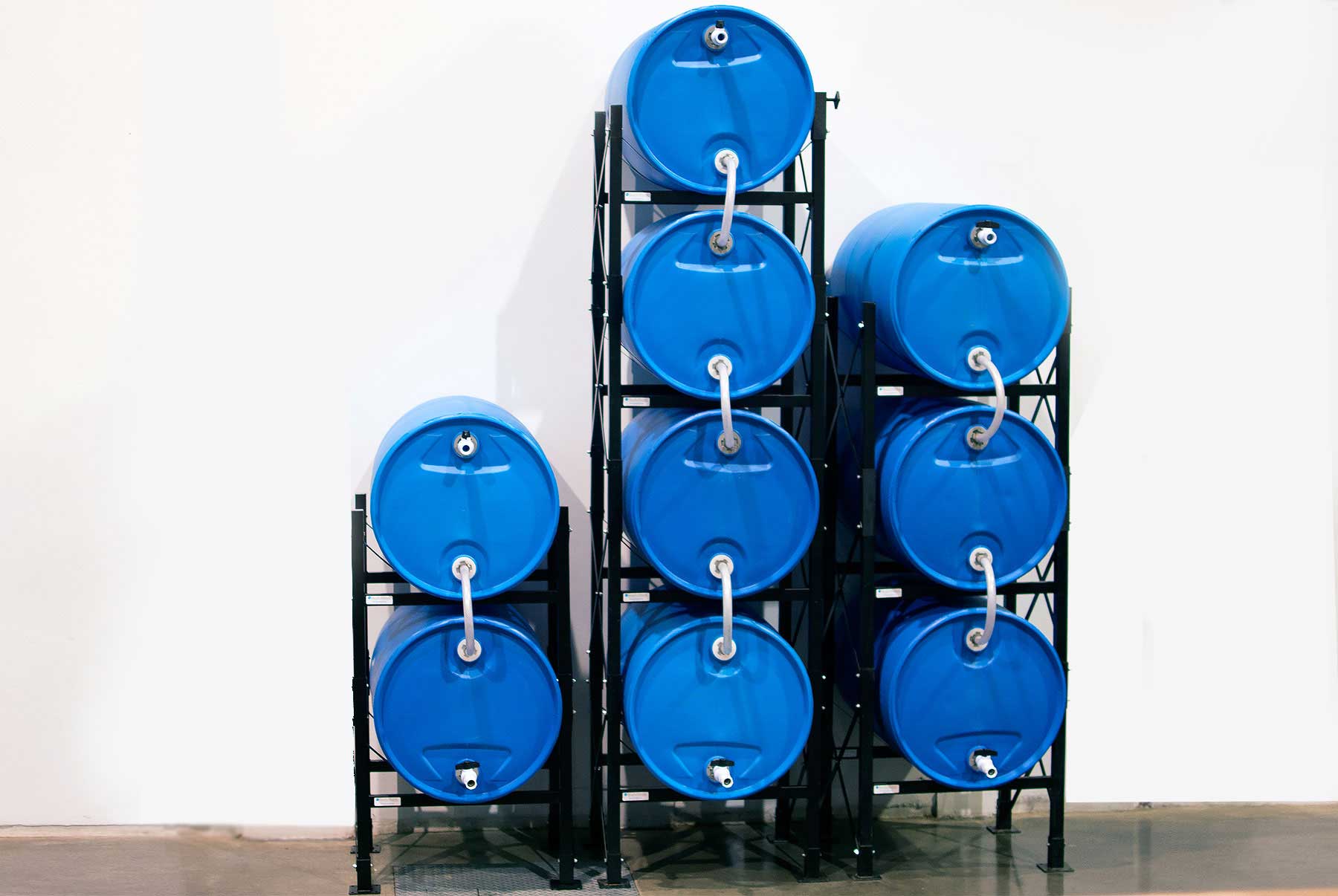
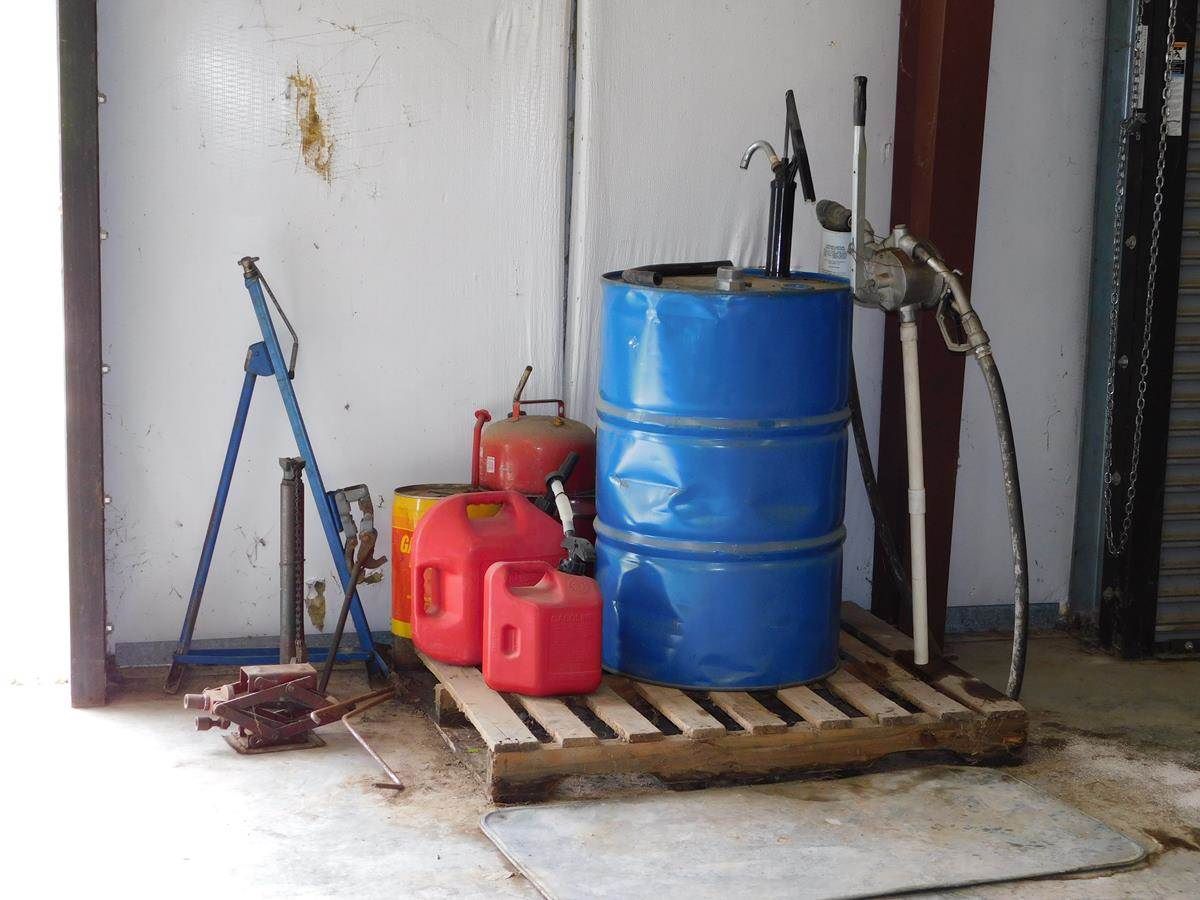
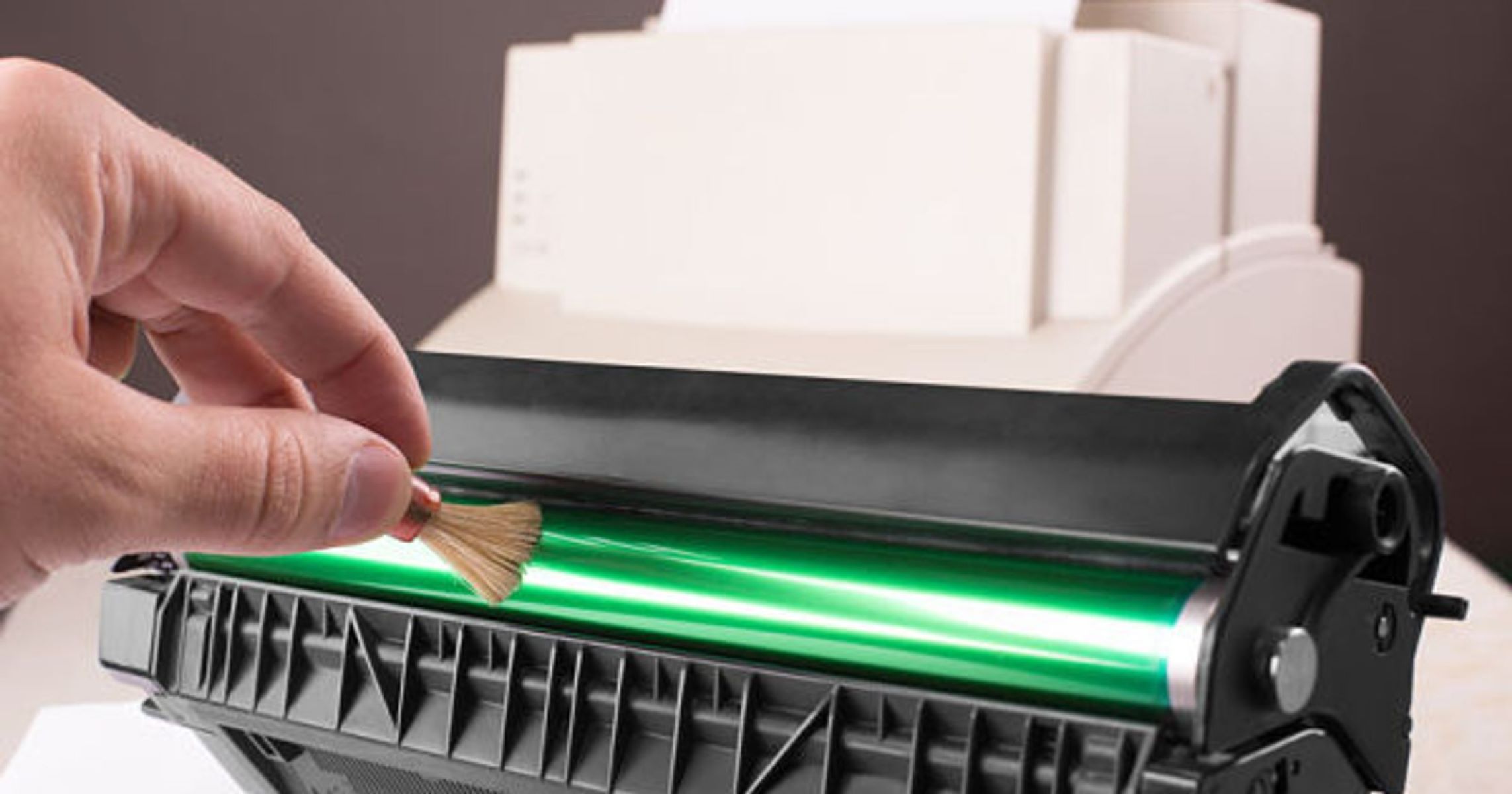
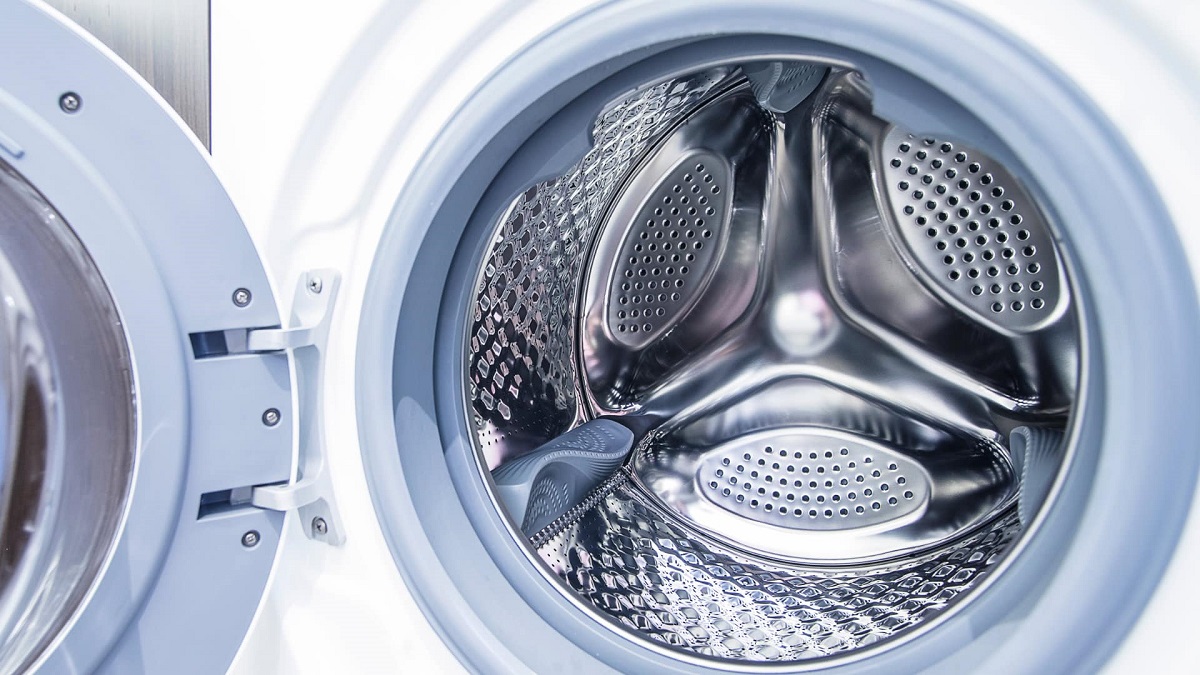

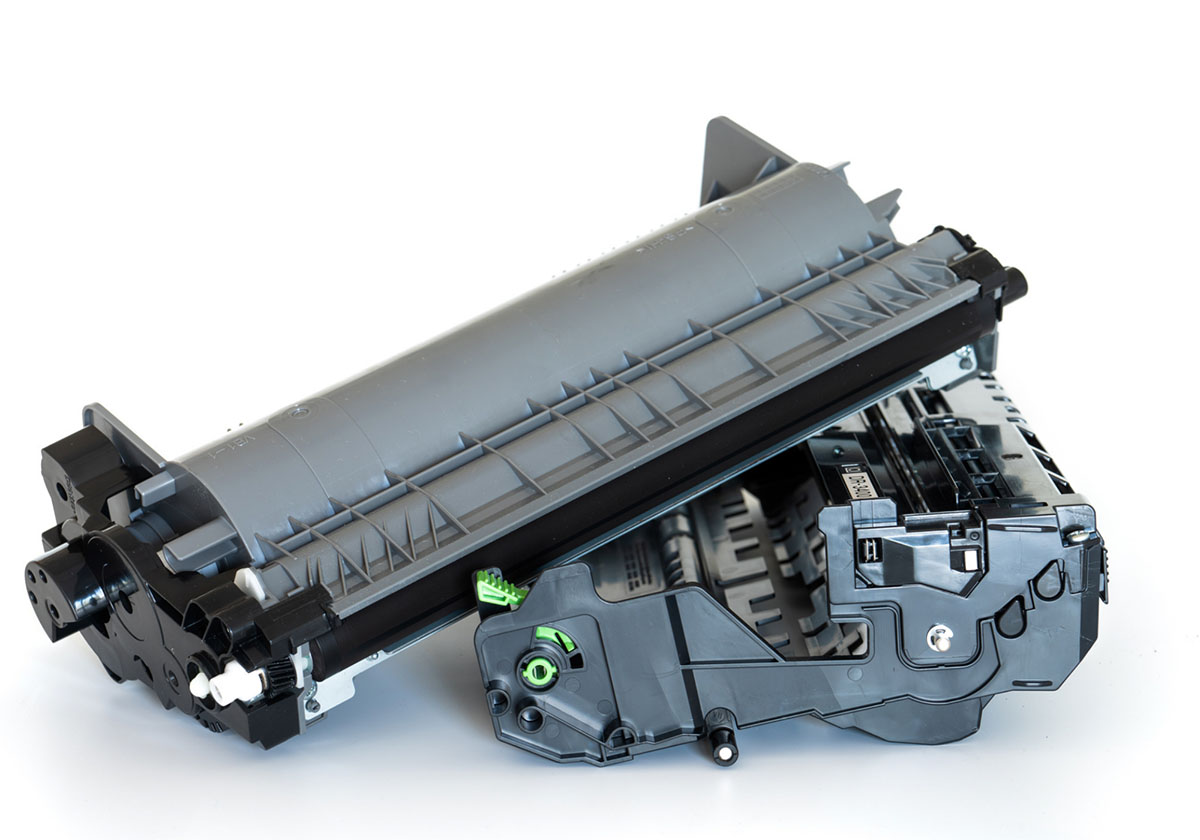
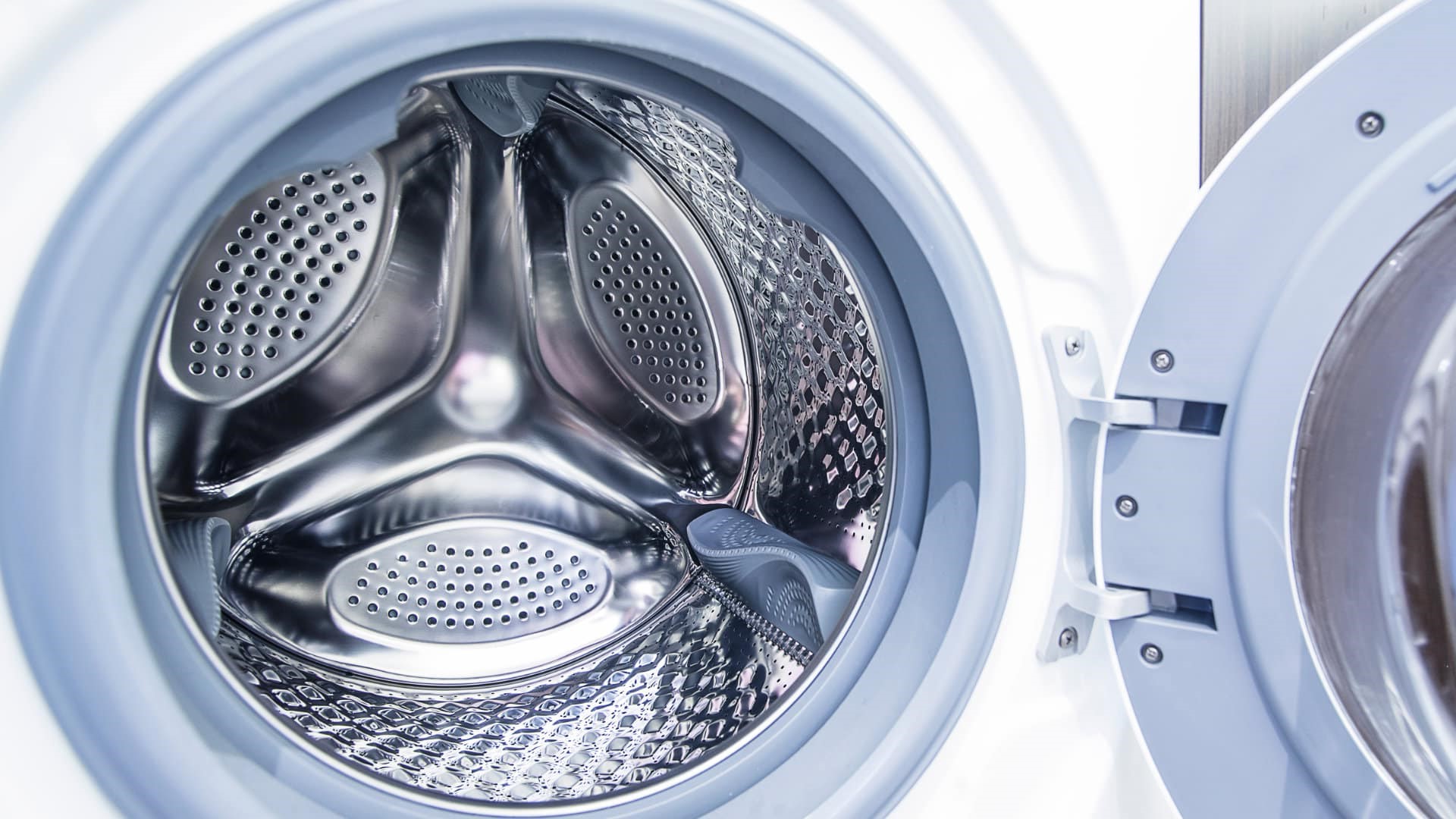
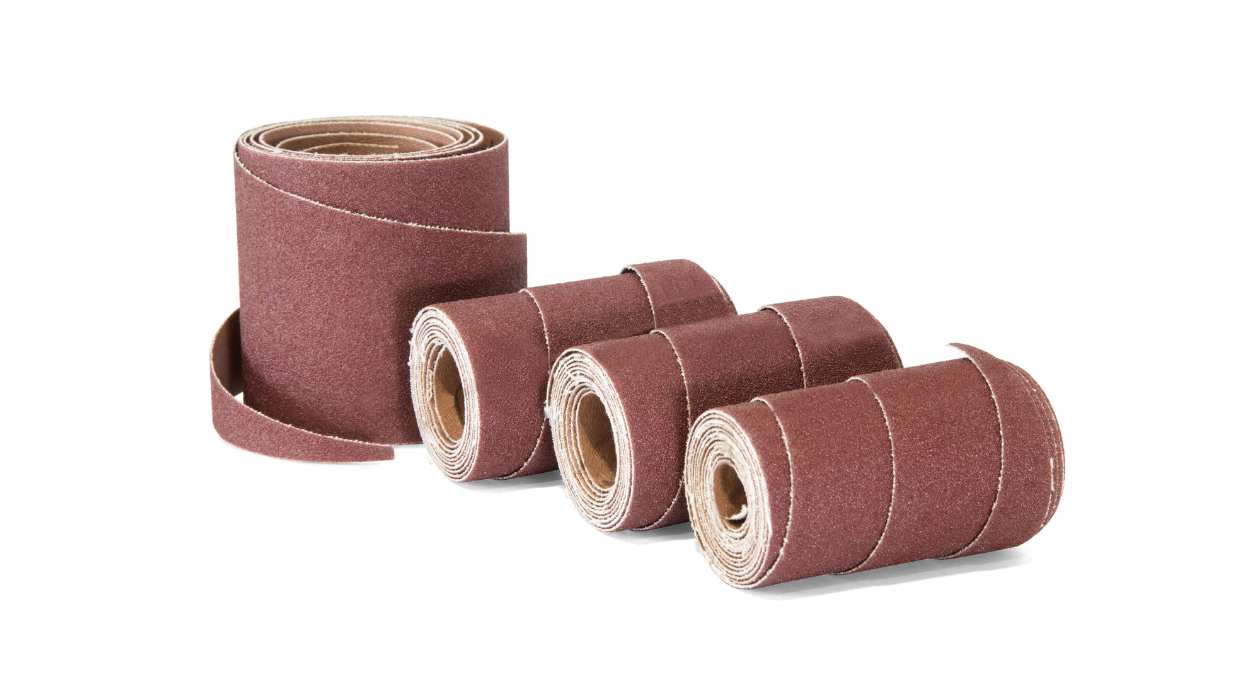
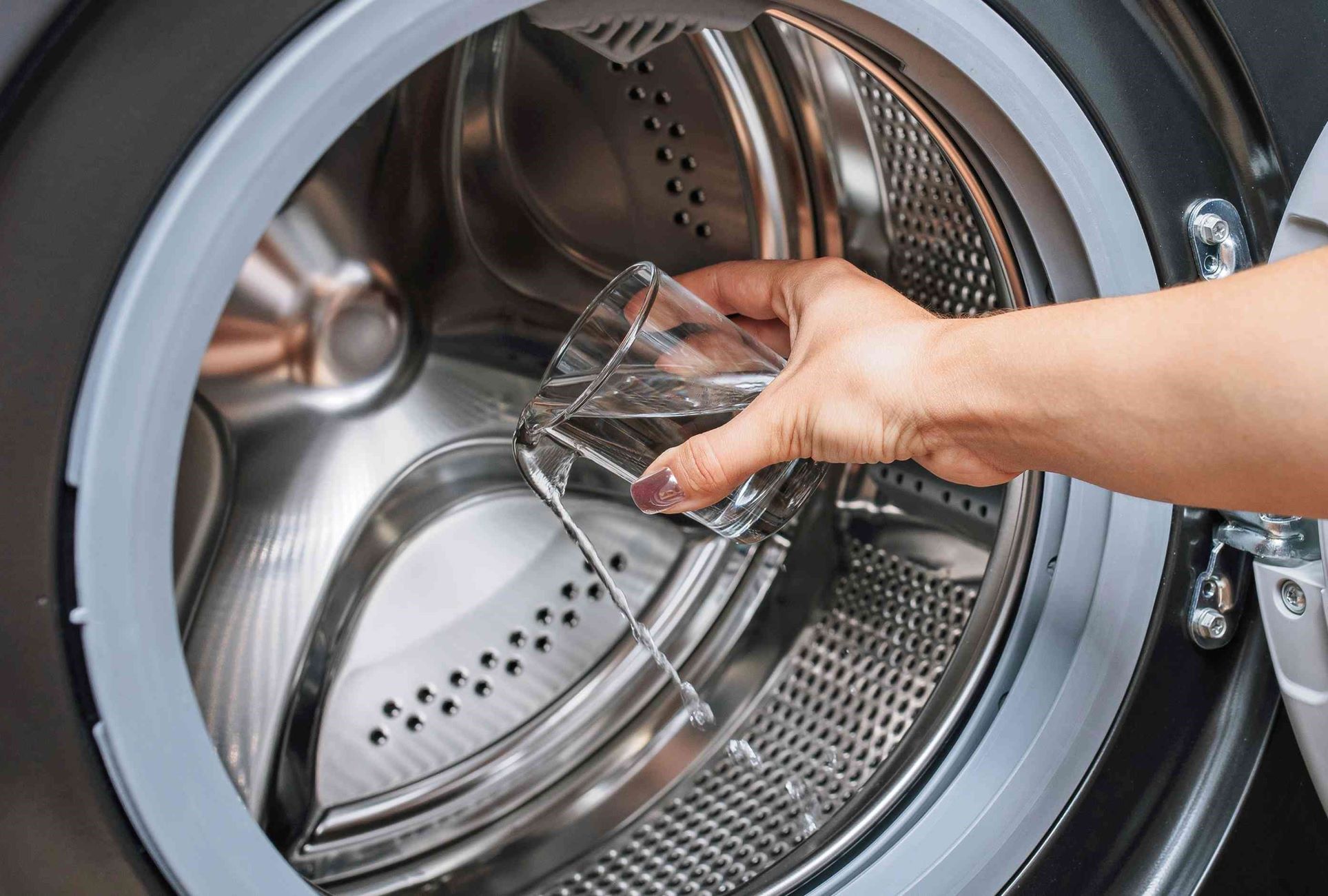
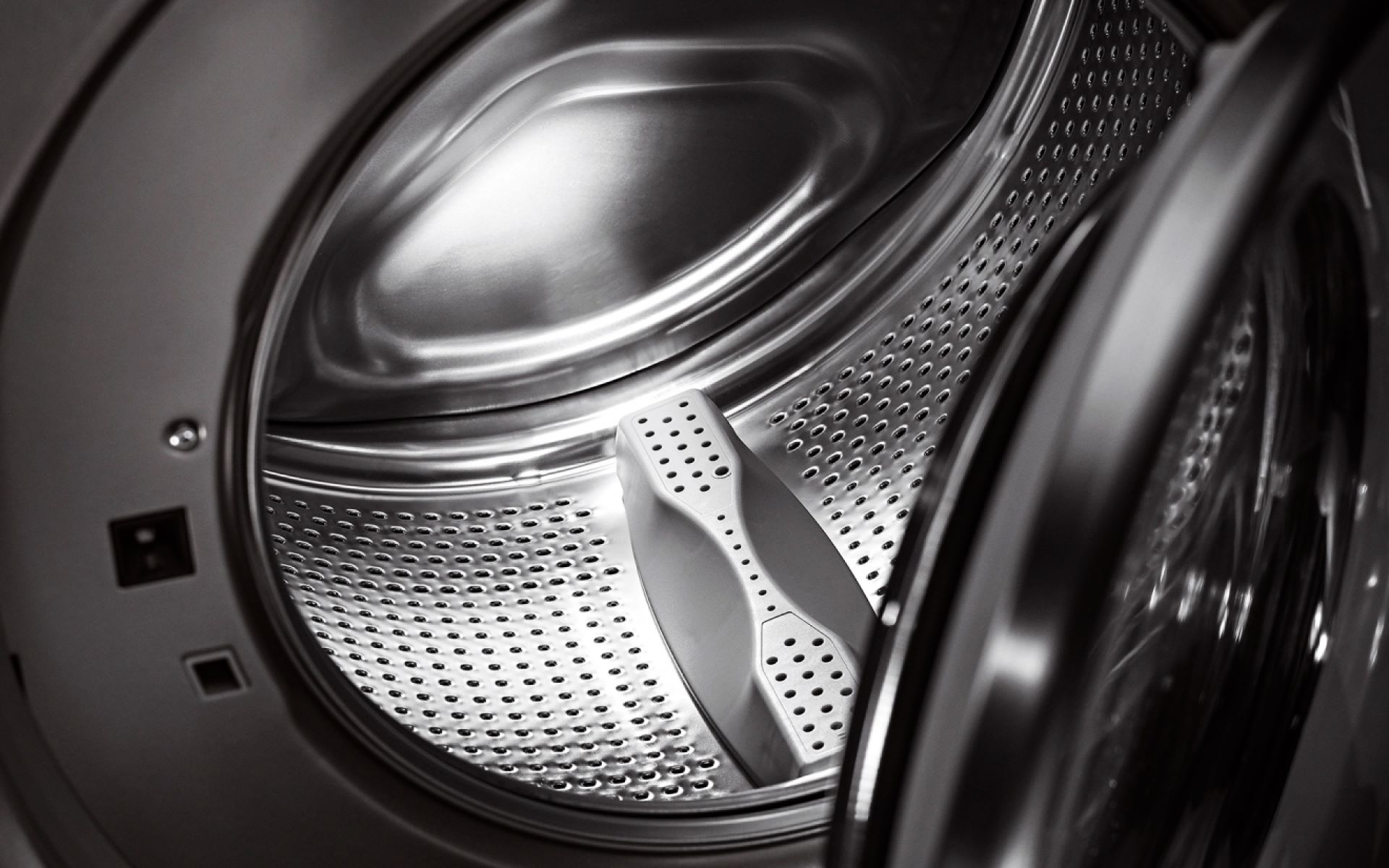
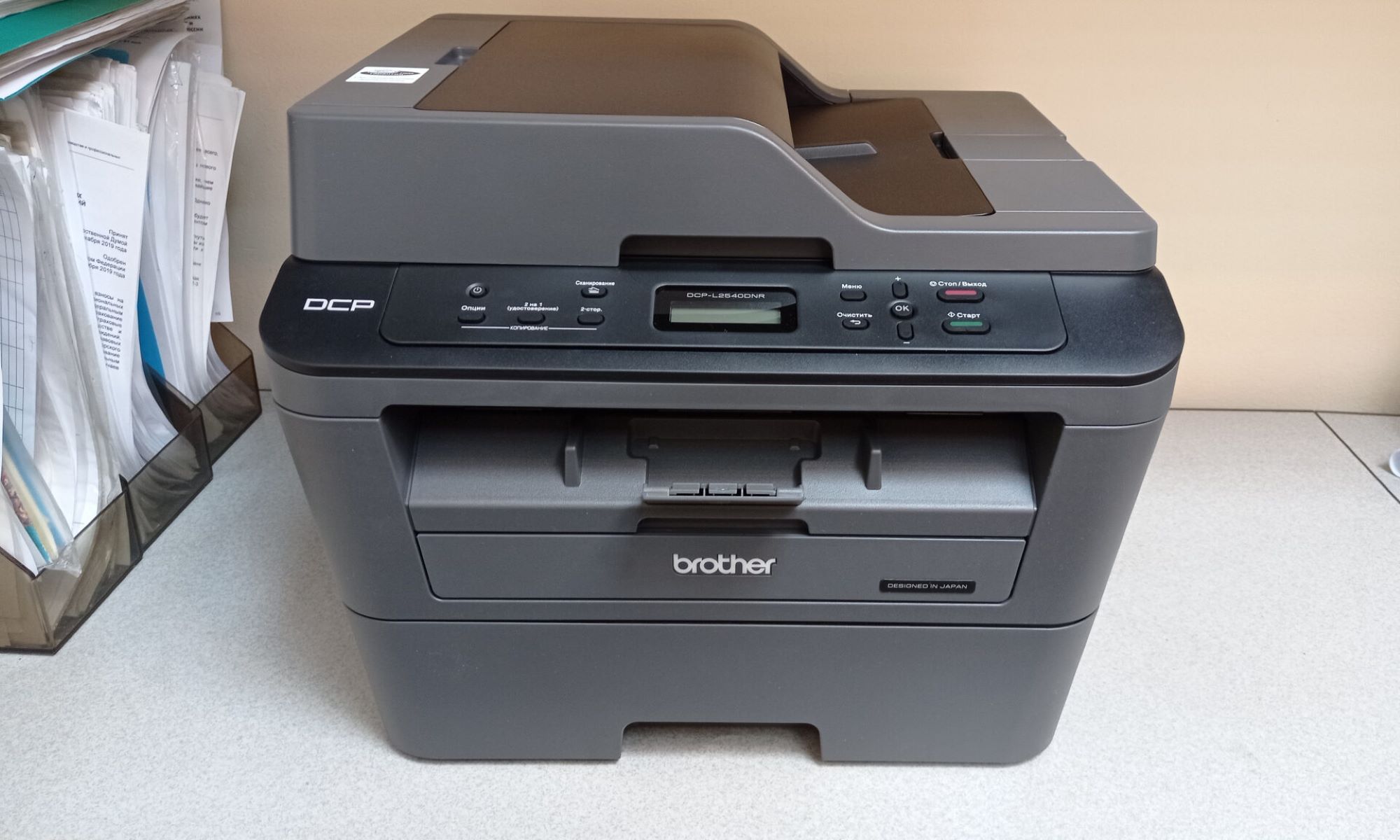
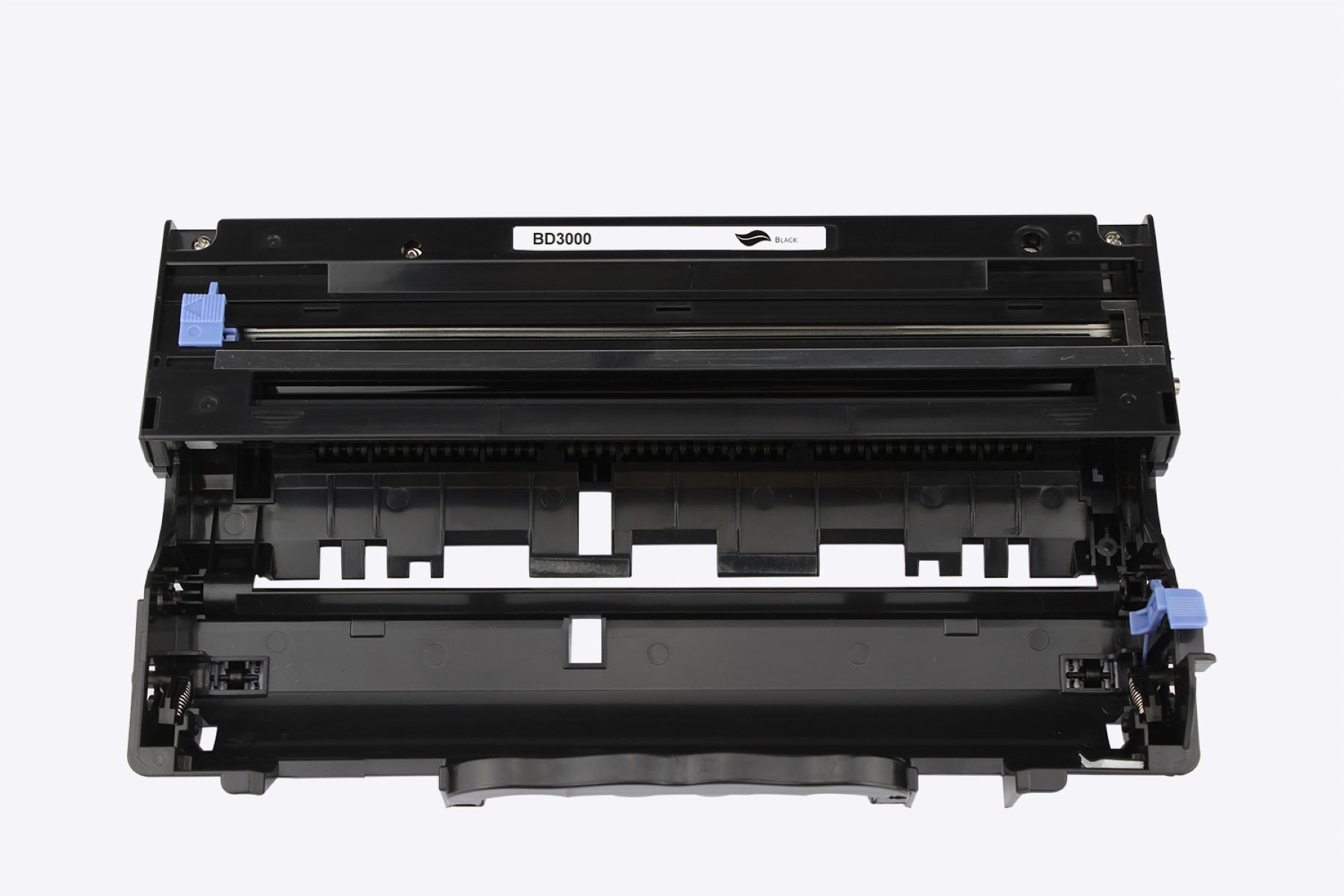
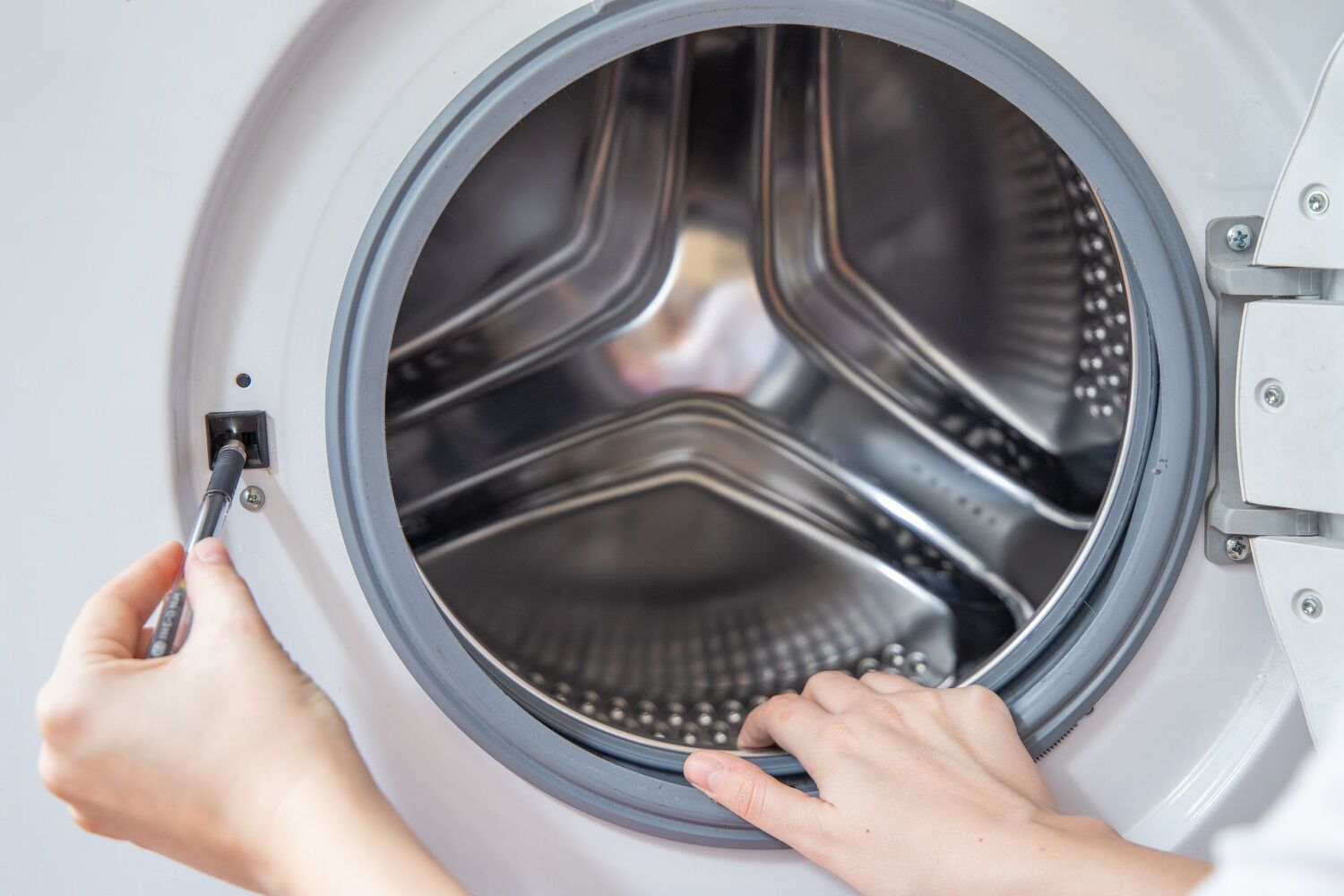
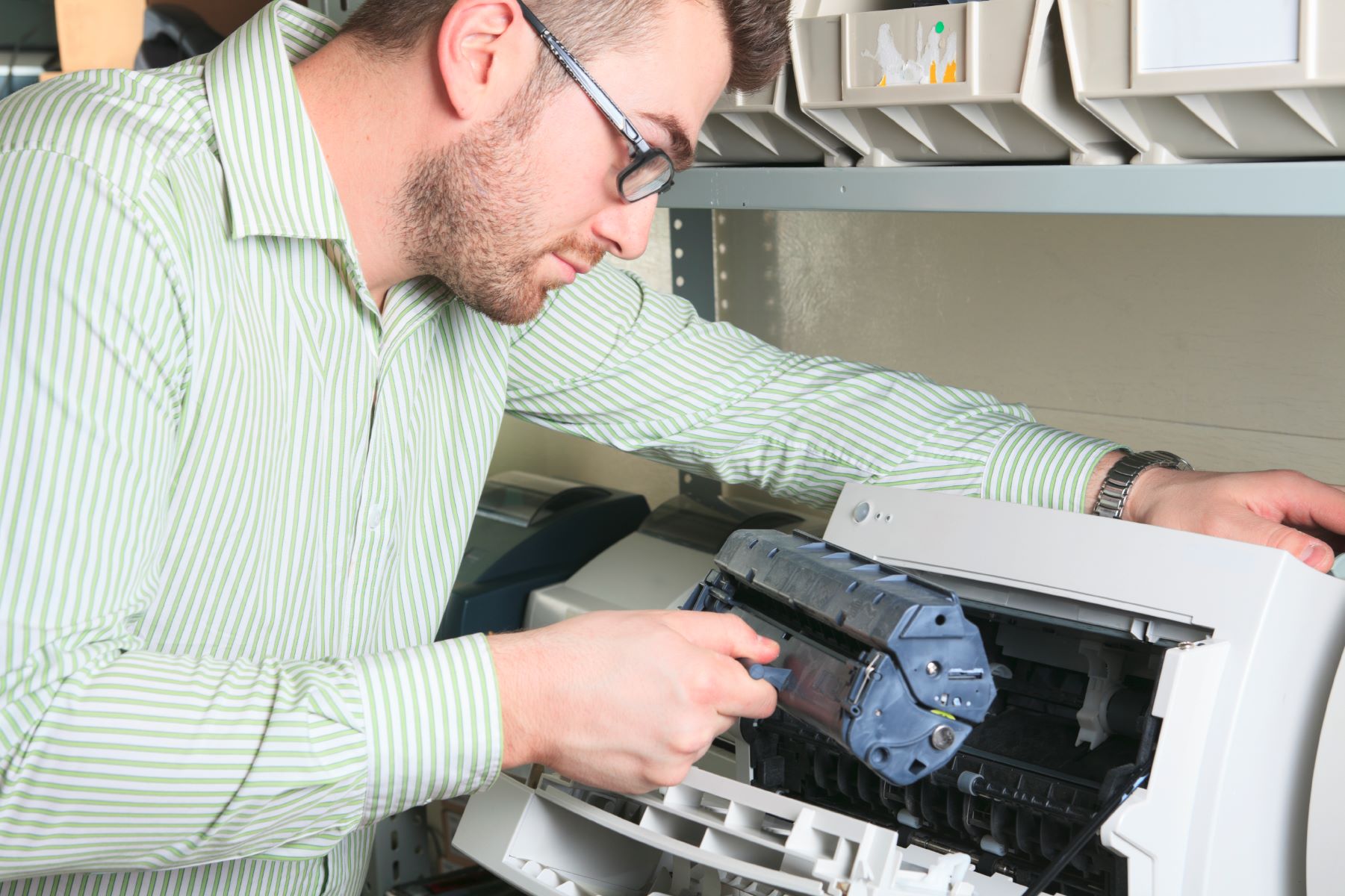

0 thoughts on “How To Store A Drum Set”